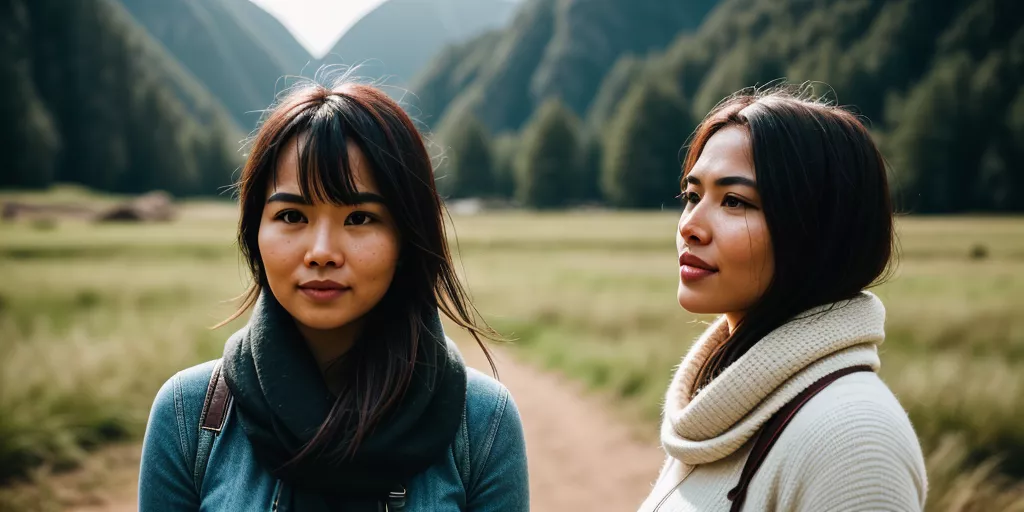For the intrepid explorer, capturing the beauty of the world is as essential as collecting memories. Choosing the right camera lens can mean the difference between snapshots and captivating travel photography.
Let’s unpack the best lenses for documenting your adventures. A photographer’s arsenal for capturing breathtaking travel experiences isn’t just about megapixels; it’s about having the right tools for each situation. Whether you’re scaling a mountain, strolling through a bustling market, or gazing at a starry night sky,
Versatility is King: Zoom Lenses
For those who value adaptability and ease of use, zoom lenses reign supreme. A lens like the 24-70mm f/2.8 is a workhorse for travel photography, covering everything from wide landscapes to intimate portraits. Its flexibility means less lens swapping, making it ideal when you’re on the move. Professional photographer Steve McCurry, renowned for his vibrant travel shots, relies heavily on zoom lenses like these for their versatility and ability to quickly adapt to changing scenes.
Another popular choice is the telephoto zoom lens (e.g., 70-200mm f/2.8 or 100-400mm f/4). These powerhouses bring distant subjects closer, making them perfect for wildlife photography, capturing architectural details, or isolating your subject from a crowded backdrop.
Capturing the Expanse: Wide-Angle Lenses
When standing before breathtaking vistas, nothing beats a wide-angle lens. A focal length of 14-24mm allows you to capture sweeping landscapes, towering buildings, and epic cityscapes in their entirety. Consider exploring a tilt-shift lens for unique perspectives and rectifying architectural distortions.
The Power of Perspective: Prime Lenses
While zoom lenses offer flexibility, prime lenses (fixed focal lengths) often deliver exceptional image quality and sharpness.
A 50mm f/1.8 is a classic “nifty fifty” – affordable, compact, and incredibly versatile for street photography, portraits, and low-light situations. Its wide aperture lets in ample light, allowing you to isolate your subject with beautifully blurred backgrounds (bokeh). For lovers of candid street shots, a 35mm prime lens offers a wider field of view, capturing more of the scene while maintaining a natural perspective.
Beyond the Basics: Speciality Lenses
For those seeking unique creative expressions, speciality lenses open up a world of possibilities. A macro lens unveils the intricate details of tiny wonders – from delicate flowers to insects perched on leaves. Fish-eye lenses create distorted, surreal perspectives, adding an artistic flair to your compositions.
Choosing lenses is a deeply personal journey, influenced by your photographic style and travel itinerary.
What kind of stories are you yearning to tell with your photography? What subjects ignite your passions – the grand landscapes, the intricate details, or the candid moments in between?
The answer lies within.
Perhaps you dream of capturing the raw energy of a bustling marketplace or the quiet solitude of a mountaintop vista. Understanding your photographic vision will guide you towards the lenses that best serve your purpose. Remember, there’s no single “best” lens – it’s all about finding the right tool for your unique storytelling.
Your budget also plays a role. Prime lenses are often more affordable than their zoom counterparts, making them an excellent choice for beginners or those on a tighter budget.
As you embark on this exciting journey of lens selection, consider these additional factors:
- Image Stabilization: Lenses with built-in image stabilization (IS) can be invaluable in low-light conditions or when shooting handheld, minimizing camera shake and resulting in sharper images.
- Weather Sealing: For adventurous souls venturing into challenging terrains, weather-sealed lenses provide protection against dust, moisture, and extreme temperatures.
Ultimately, the best lens is the one that empowers you to translate your vision into compelling travel narratives. So, research, experiment, and above all, have fun discovering the lenses that will help you tell your unique story through the art of photography.
Here are some FAQs based on the article:
Q: What is the best all-around lens for travel photography?
A: A 24-70mm f/2.8 zoom lens offers excellent versatility, covering wide landscapes to portraits.
Q: I’m mainly interested in landscape photography. What lens should I get?
A: A wide-angle lens with a focal length of 14-24mm is ideal for capturing expansive scenes.
Q: I want blurry backgrounds (bokeh) in my portraits. What type of lens do I need?
A: A prime lens with a wide aperture (low f-number, e.g., 50mm f/1.8) will create beautiful background blur.
Q: What’s the advantage of using a prime lens over a zoom lens?
A: Prime lenses often have sharper image quality and wider apertures, allowing for better low-light performance and bokeh.
Q: I’m taking pictures of birds on my trip. Which type of lens is best?
A: A telephoto zoom lens (e.g., 70-200mm or 100-400mm) will bring distant subjects closer, making it great for wildlife photography.
Q: Are expensive lenses worth the investment?
A: While professional-grade lenses can produce stunning results, budget-friendly options like prime lenses can also deliver excellent quality images. Choose based on your needs and budget.
Q: My camera is not weatherproof. Should I worry about my lens?
A: If you anticipate shooting in challenging conditions (rain, dust), consider a weather-sealed lens to protect your gear.

